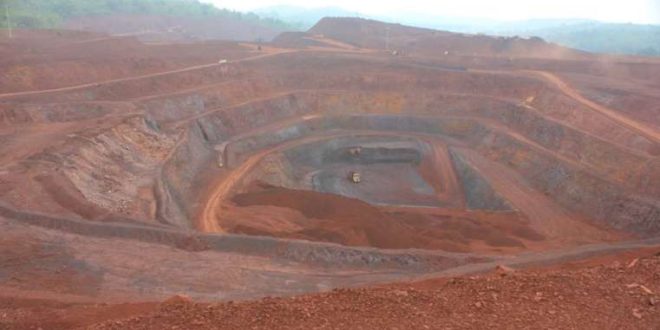Ratings agency ICRA forecasts a challenge for the domestic steel industry in the form of the new mining cess by some states, following the recent Supreme Court ruling.
This development is poised to compress operating margins across the sector, impacting both primary and secondary steel producers.
As per ICRA estimates, primary steel producers margins could shrink by approximately ~60-180 basis points, while secondary producers, with already lower profitability, may face a more severe impact, with margin declines ranging from ~80 to 250 basis points, based on various scenarios that cess rates could potentially vary between 5% and 15%. The power sector, which is heavily dependent on coal, may see a rise in the cost of supply by 0.6% to 1.5%, potentially leading to higher retail tariffs. Further, primary aluminium producers will also be impacted due to their high power consumption.
Commenting on the potential implications, Girishkumar Kadam, Senior Vice-President and Group Head, Corporate Sector Ratings, ICRA said: “The enforcement of the new mining cess by key mineral rich states can heighten cost pressures for the steel industry. While most states haven’t set the rates yet, any substantial cess implemented could adversely impact margins, especially for secondary steel producers, as the merchant miners are expected to pass on the increased costs. Consequently, the implementation strategies adopted by various state governments will be crucial in shaping the competitive landscape of the steel industry”.
Odisha, a key mineral-rich state, holds a particularly vital role in this context. The recent Supreme Court ruling has brought renewed focus on the Orissa Rural Infrastructure and Socio-Economic Development Act, 2004 (ORISED), which permits a ~15% cess on iron ore and coal. If fully enforced, it could result in an ~11% increase in the landed costs of iron ore, directly impacting the cost competitiveness of domestic steel entities. In a related move, the Government of Jharkhand recently imposed a modest increase of Rs 100/tonne on iron ore and coal, setting a precedent that other states may follow. This increase is expected to have a minimal impact on steel entities’ operating margins, reducing them by around 30-40 basis points. Even if other states adopt similar measures, the overall impact will likely remain modest.
Furthermore, the possibility of states applying the cess retrospectively introduces additional uncertainty, potentially burdening companies with past tax liabilities. More clarity on these liabilities will emerge as companies assess the implications following notifications from the respective state governments. “If the cess is applied retrospectively, it could increase financial pressure on steel companies. However, the Supreme Court’s provision for staggered payments over 12 years starting from April 1, 2026, without any interest and penalties on past demands offers some financial relief,” Kadam added.
The ripple effects of this ruling is likely to extend beyond the steel sector. Other industries, such as aluminium and power, may also face increased costs. The power sector, which is heavily dependent on coal, may see a rise in the cost of supply by 0.6% to 1.5%, potentially leading to higher retail tariffs. Primary aluminium producers will also be impacted due to their high power consumption, with costs potentially increasing by approximately Rs 1,200-1,300 per tonne ($15-$16 per tonne), assuming a 15% cess, which represents ~0.6% of current aluminium prices. Ultimately, the response of state governments will be critical in determining the full impact on the steel industry, and companies will need to remain vigilant and chalk out strategies to mitigate these financial pressures.
 Update Odisha-Latest Odisha News I Breaking News Get latest news on Odisha, Govt. Jobs, OSSC, OPSC, Entertainment, Crime, Sports, and Education
Update Odisha-Latest Odisha News I Breaking News Get latest news on Odisha, Govt. Jobs, OSSC, OPSC, Entertainment, Crime, Sports, and Education



